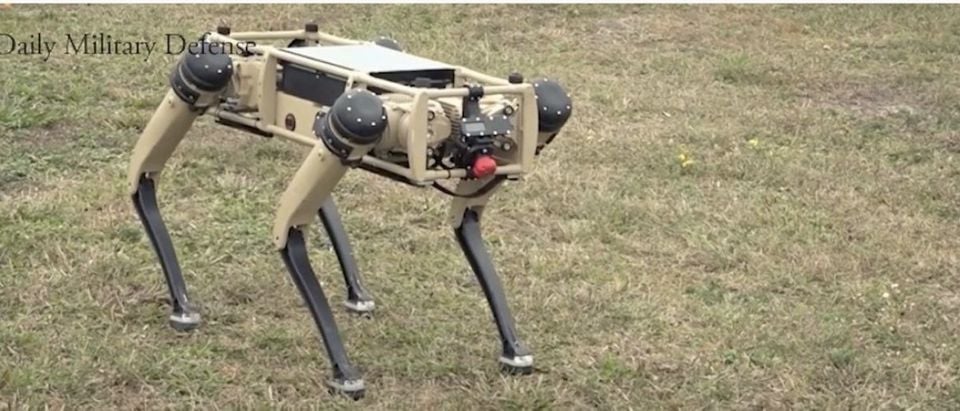Quad-legged Unmanned Ground Vehicles (Q-UGVs) also called “robot dogs” have finally arrived at Tyndall Air Force Base ready to patrol remote areas and add a layer of security.
The first official semi-autonomous robot dogs arrived on the Florida base on March 22 and have become part of the 325th Security Forces Squadron, the Santa Ynez Valley News reported in a piece published Sunday. (RELATED: Texas Sgt. Finds Way To Make Wreaths Out Of Old Military Uniforms)
The first official semi-autonomous robot dogs were delivered to Tyndall Air Force Base March 22 for integration into the 325th Security Forces Squadron. https://t.co/h27tOCn2I9
— Santa Ynez Valley News (@SYV_News) April 4, 2021
The Q-UGVs designed by Ghost Robotics and Immersive Wisdom are the first of its kind to be integrated onto a military installation and are being called the “Installation of the Future.” (RELATED: Military Member Reunites With Her Dog After Returning Home From Deployment)
“Tyndall (AFB) is a perfect test base as it was deemed ‘The Installation of the Future,'” Master Sgt. Krystoffer Miller, 325th SFS operations support superintendent shared. “Across the base, every squadron has been pushing the envelope of how we do things and expanding our optics of what is possible.”
“One huge attraction piece of the robot dogs is that it’s highly mobile and with the amount of construction we will face over the next few years, it helps us maintain and increase our security posture,” Miller added.
In video we found on YouTube, we can see the four-legged “robot dogs” that look, walk, run and move a lot like real dogs, especially when they drop to the ground and roll over.
WATCH:
“As a mobile sensor platform, the Q-UGVs will significantly increase situational awareness for defenders,” Mark Shackley, Tyndall AFB Program Management Office security forces program manager said. “They can patrol the remote areas of a base while defenders can continue to patrol and monitor other critical areas of an installation.”
The electronic dogs use on-board computers, cameras and other detection devices to scout for threats before a human could possibly be exposed or faced with potential dangers. The ground vehicles can operate in minus 40-degree to 131-degree conditions and have 14 sensors to create 360-degree awareness, the outlet noted.


